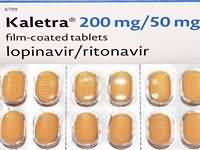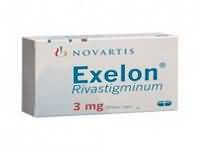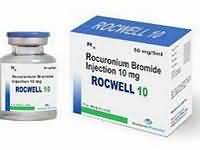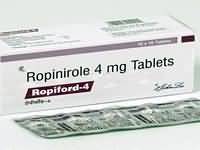Penicillamine
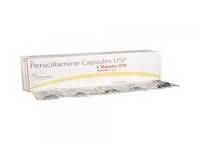
CLINICAL USE
Rheumatoid arthritisDOSE IN NORMAL RENAL FUNCTION
125–250 mg daily for first month; increase by same amount every 4–12 weeks until remission occursMaintenance dose: usually 500–750 mg daily in divided dosesMaximum 1.5 g dailyPHARMACOKINETICS
DOSE IN RENAL IMPAIRMENT
GFR (mL/MIN)
DOSE IN PATIENTS UNDERGOING RENAL REPLACEMENT THERAPIES
IMPORTANT DRUG INTERACTIONS
Potentially hazardous interactions with other drugsADMINISTRATION
Reconstition
–Route
OralRate of Administration
–Comments
–OTHER INFORMATION
Proteinuria occurs frequently and is partially dose-related. In some patients it may progress to glomerulonephritis or nephrotic syndromeUrinalysis should be carried out weekly for the first two months of treatment, after any change in dosage, and monthly thereafter. Increasing proteinuria may necessitate withdrawal of treatment.
See how to identify renal failure stages according to GFR calculation
See how to diagnose irreversible renal disease
Home

